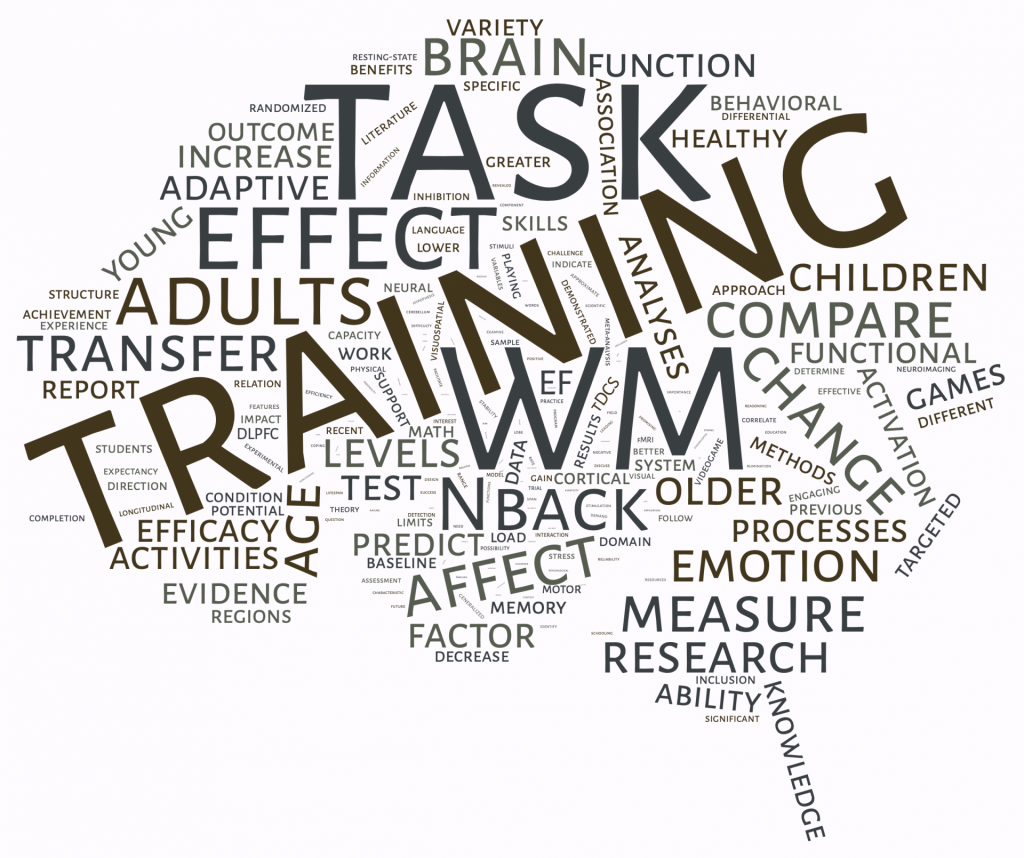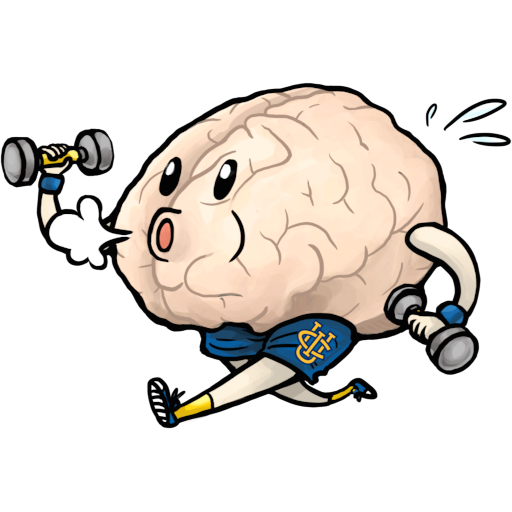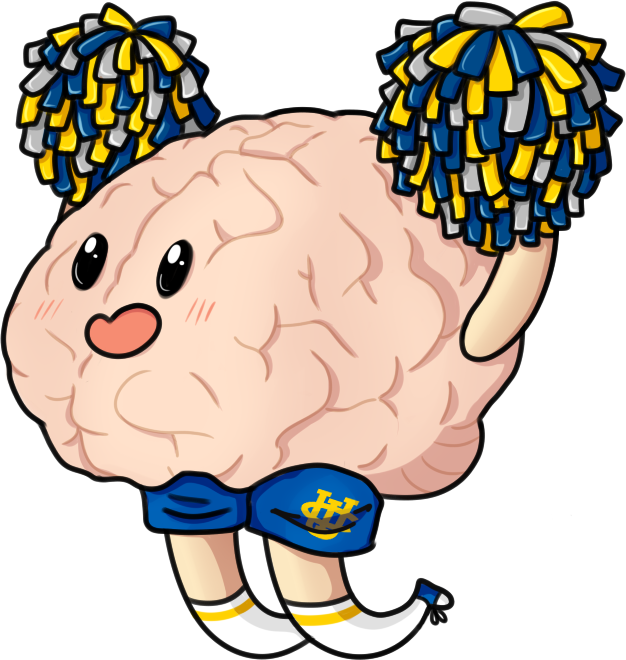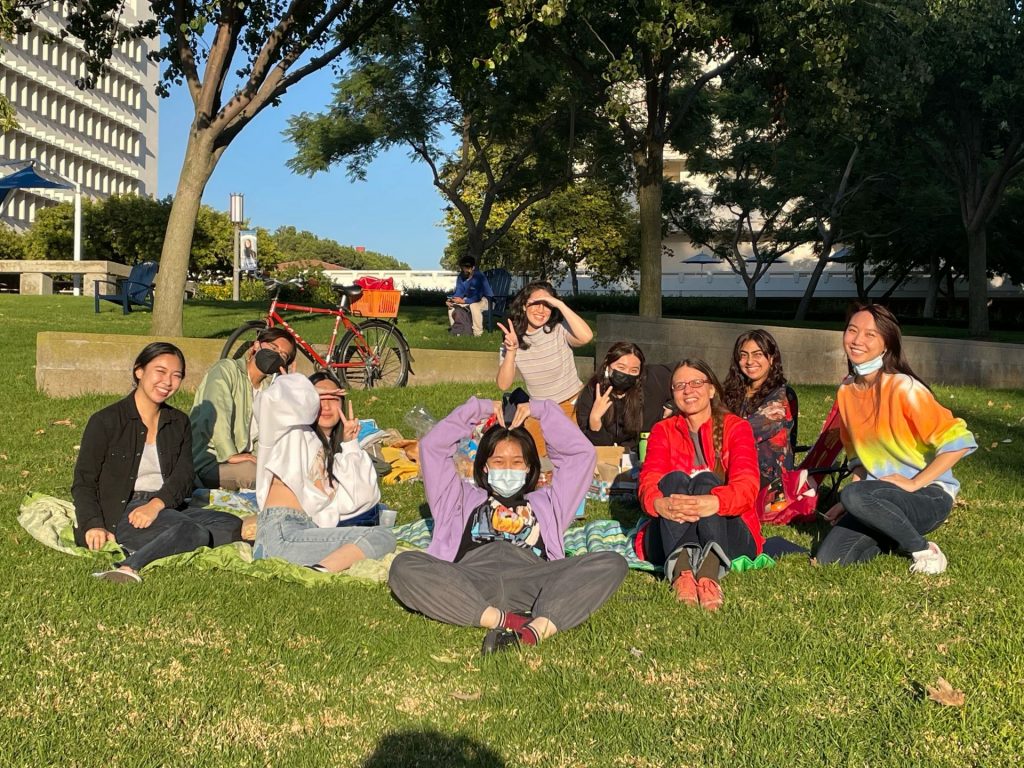
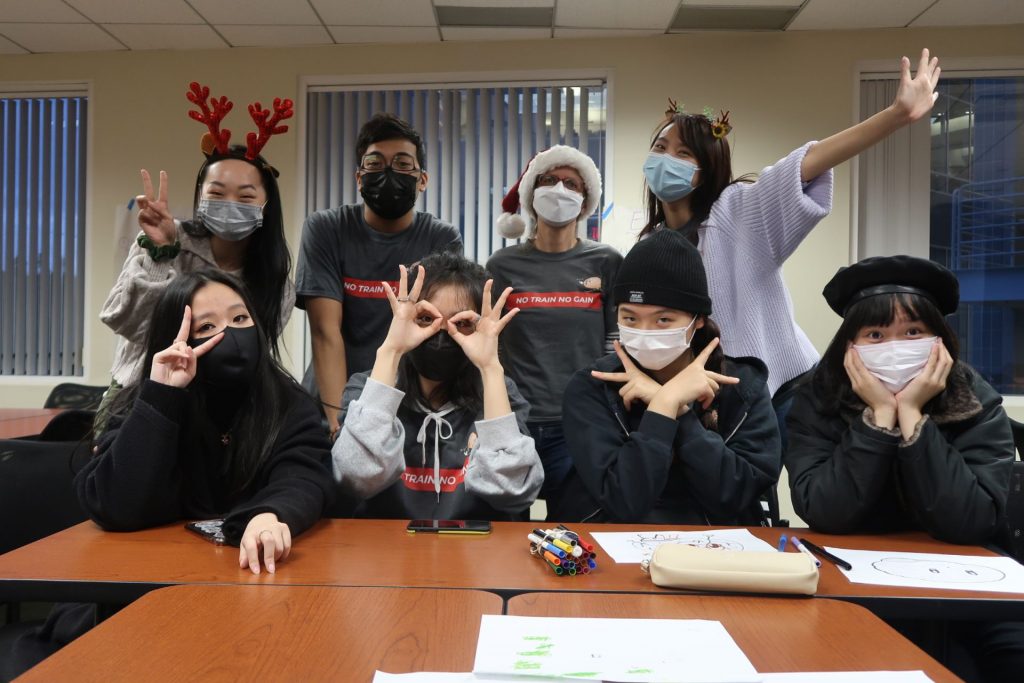
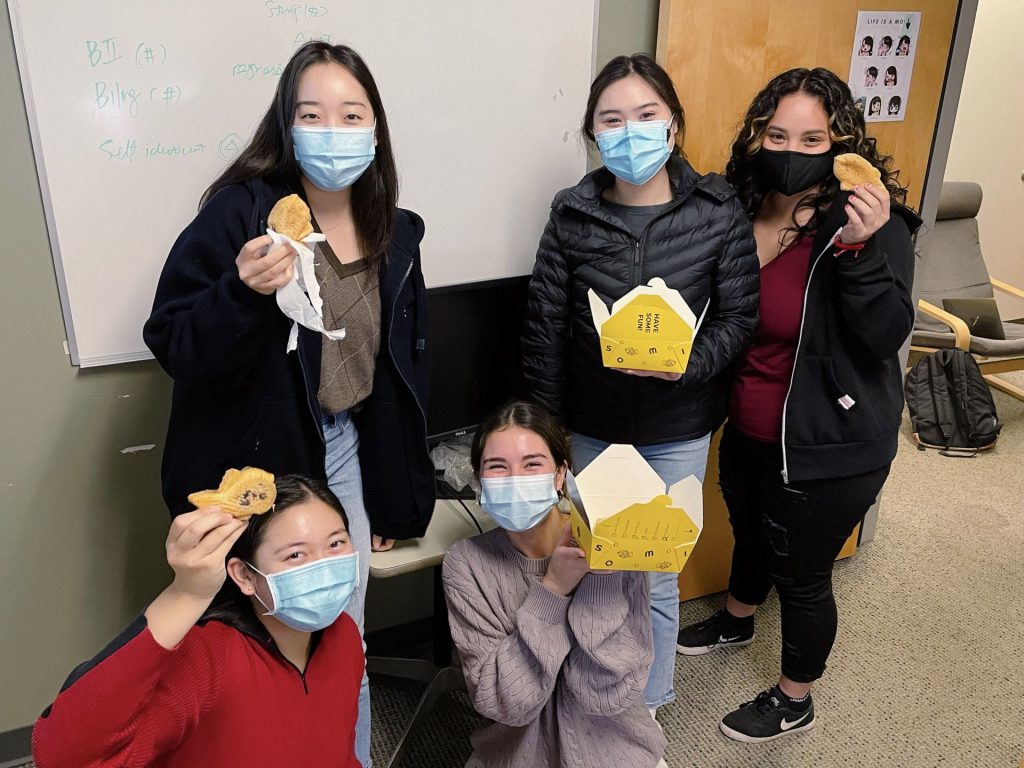

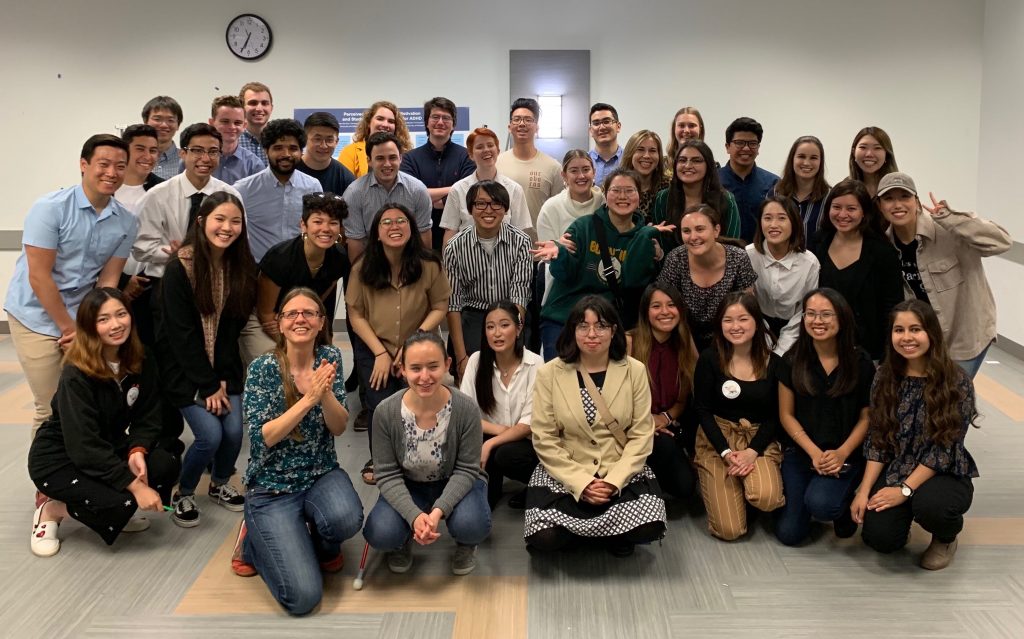
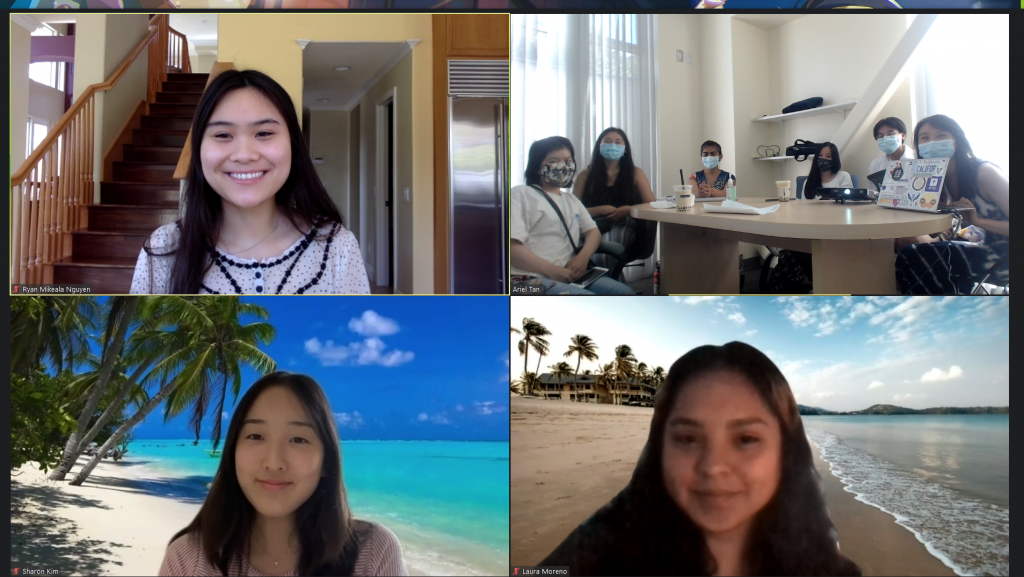
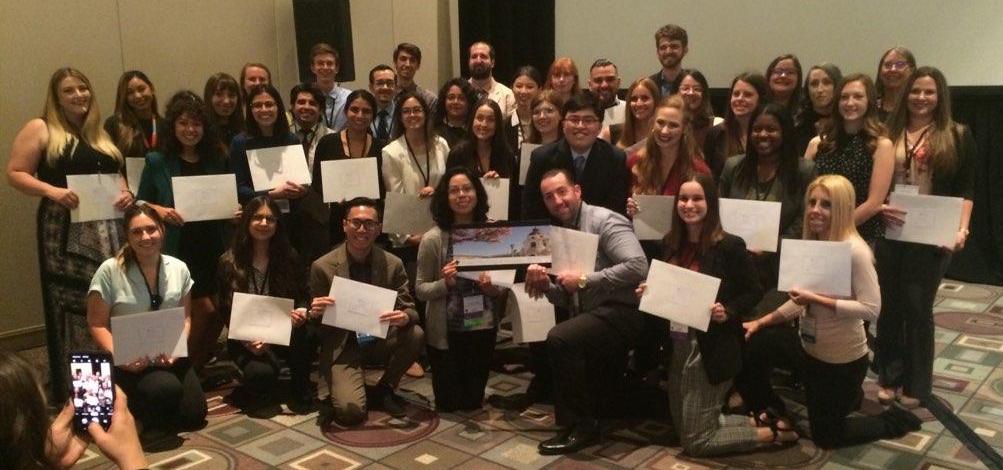
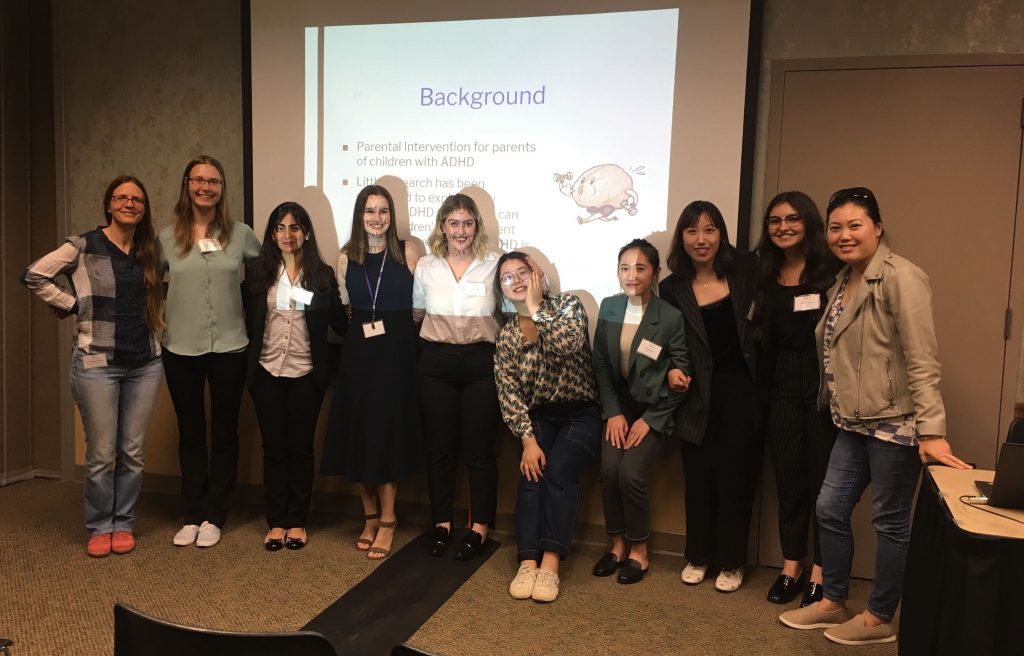
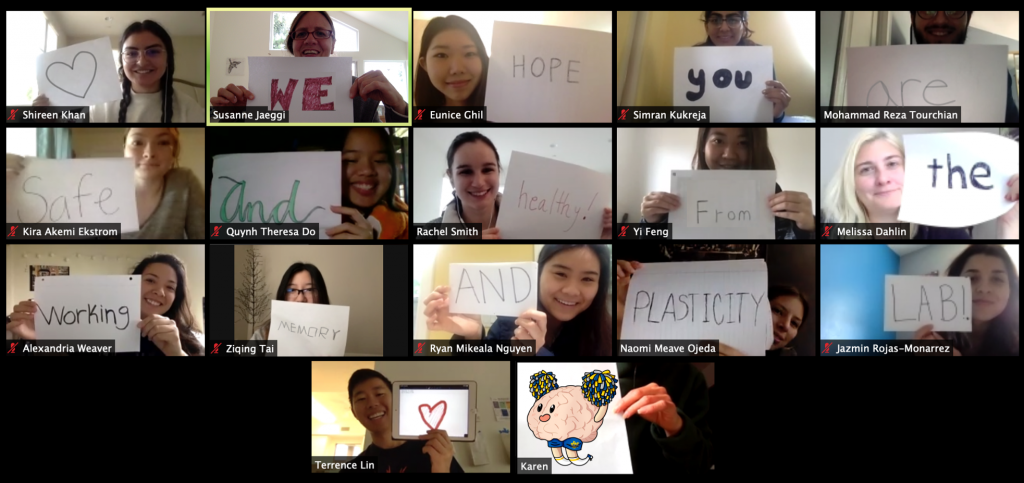
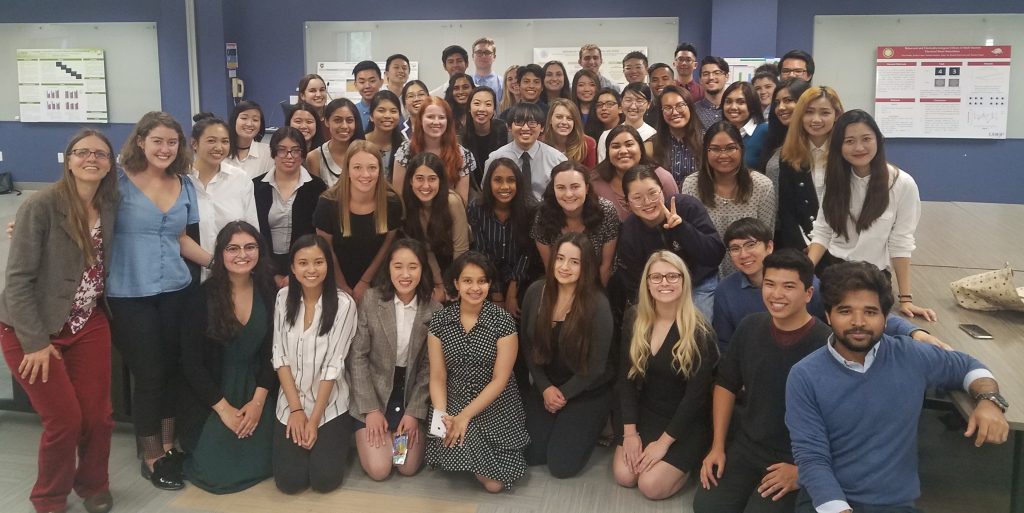
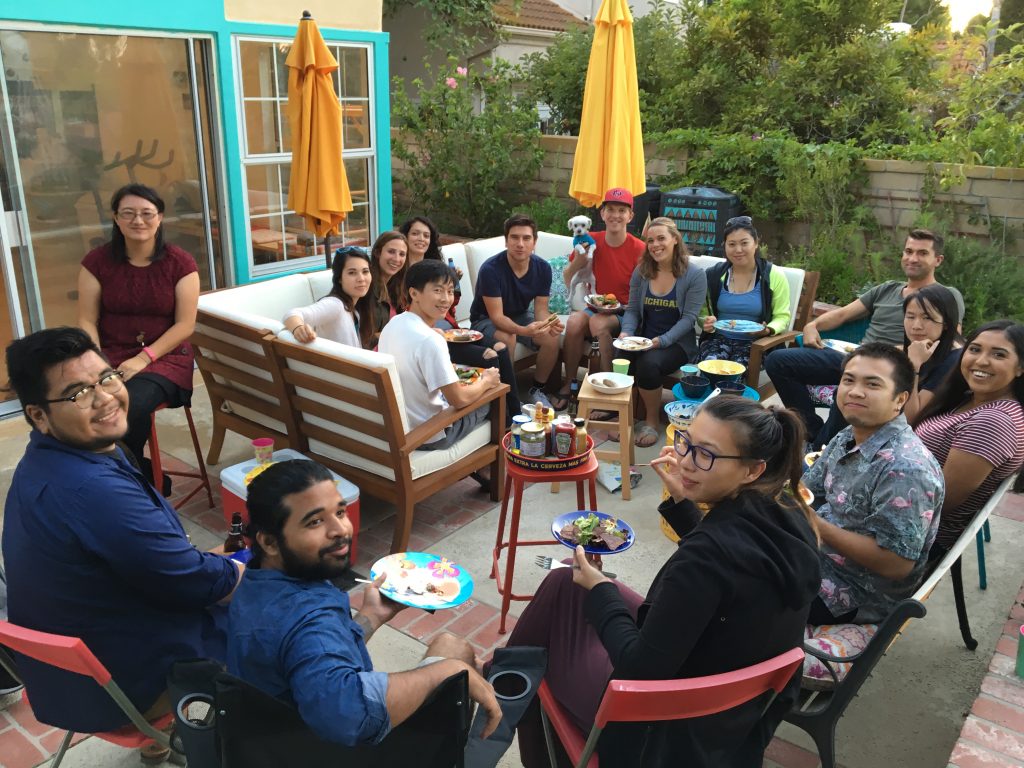
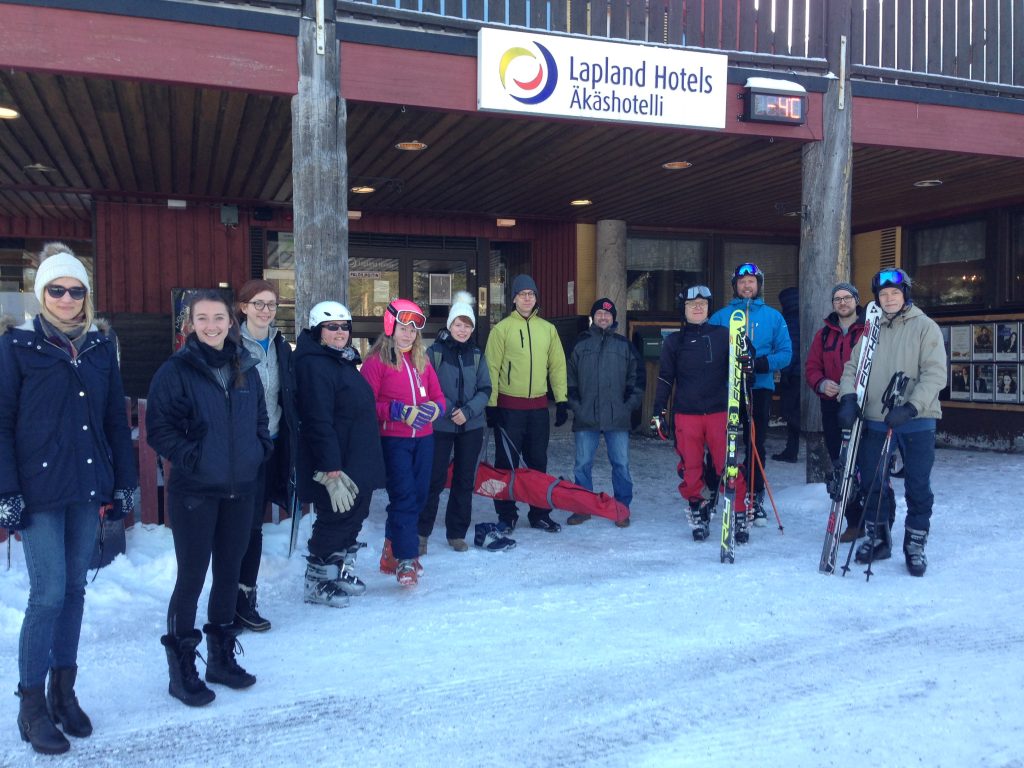
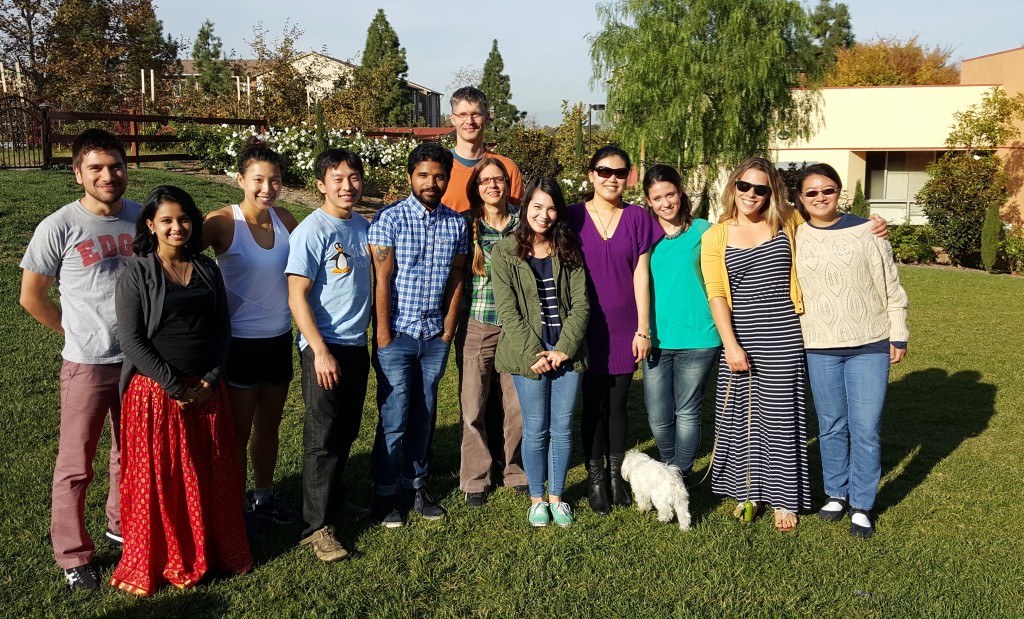
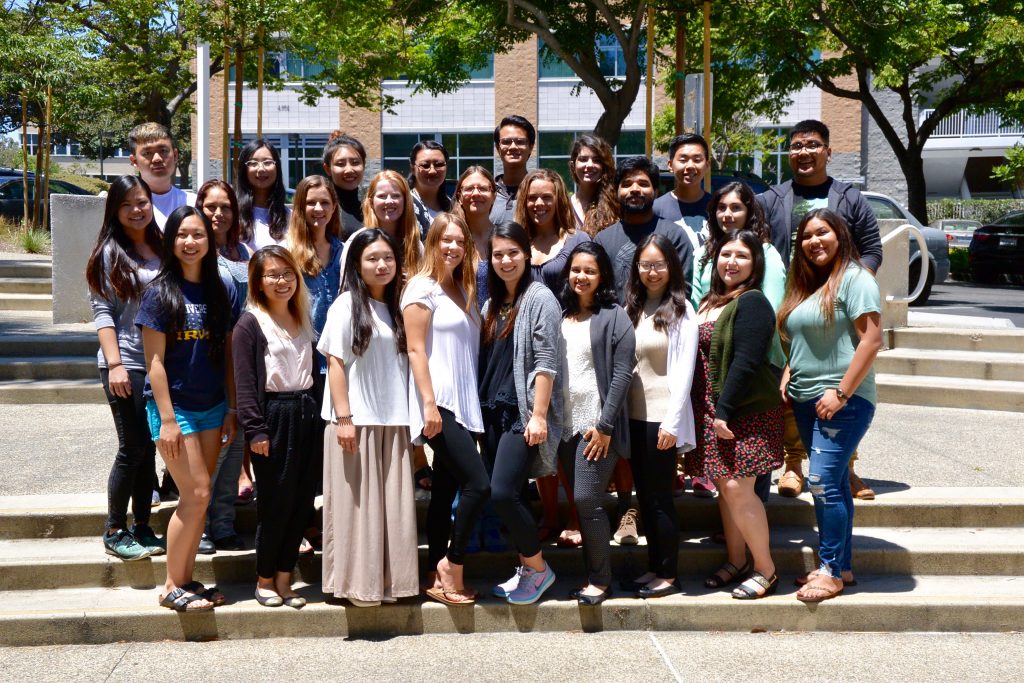

Working memory is an essential system that underlies the performance of virtually all complex cognitive activities. People differ in terms of how much information they can hold in working memory, and also, how easily they can hold that information in the face of distraction. These individual differences are related to the fact that the functioning of the working memory system is highly predictive of scholastic achievement and educational success, and in general, working memory capacity is crucial for our general ability to acquire knowledge and learn new skills. Given the relevance of working memory to daily life and educational settings, the mission of our lab lies in the development of working memory interventions with the aim that participants not only improve their working memory skills, but also general skills that go beyond the trained domain. By means of behavioral and neuroimaging methods, we seek to understand the underlying cognitive and neural mechanisms that drive training-related changes.
Read about our latest work in Nature Human Behaviour and Scientific American and/or participate in our citizen science project!

Our goal is to avoid a one-size-fits-all approach. Instead, we want to advance a new model based upon the premise that people are diverse in their cognitive strengths and needs, and therefore require the type of interventions that would serve them best.
Does ‘Brain Training’ Actually Work?
Besides research on training and transfer, our lab also investigates individual differences in working memory capacity and executive control, as well as the nature of limitations in these domains. We aim to understand the behavioral as well as the neural consequences when performance is at capacity limits, and also when capacity limits are exceeded.
The research conducted by the WMP lab members has been funded by the Institute of Education Sciences, the National Institute of Mental Health (NIMH), the NIH National Institute on Aging, the Department of Defense, the National Science Foundation, and the Swiss National Science Foundation, and featured in the New York Times, PBS, the Discover Magazine, Scientific American, LA Times, BBC, The Times (UK), and many other media outlets.
Check out this video to learn more about the Working Memory and Plasticity Lab’s mission and how we operate!
For a quick overview, check out this Wordle, which is based on our published abstracts as of July 2021 –
